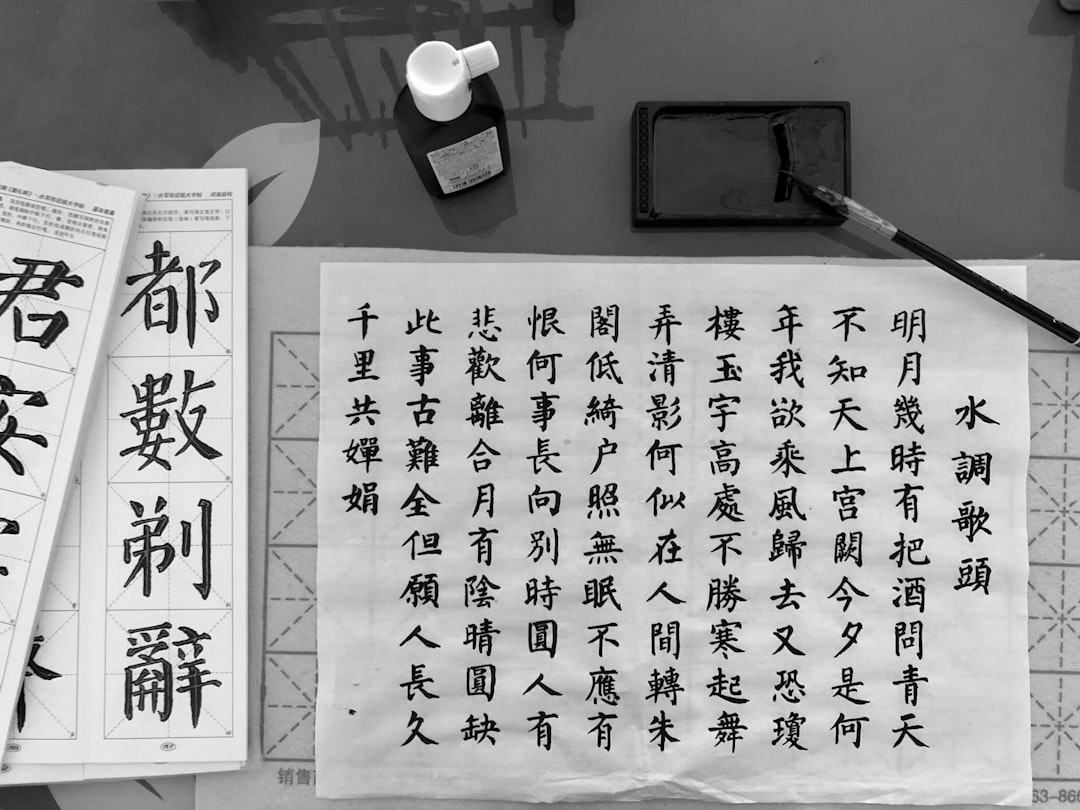What is it about?
In a series of five experiments with 31 Korean heritage children, we show that knowledge of case and the ability to use it must be evaluated with careful attention to multiple factors that can influence access to morphological information in the course of comprehension and production. The first two experiments, which compared the canonical SOV pattern with the non-canonical OSV pattern, employed picture-selection comprehension tasks to assess knowledge of case. Poor performance on OSV sentences was mitigated by experimental manipulations that either enhanced the perceptual salience of case or provided felicitous conditions for the use of non-canonical word order. The next three experiments, all involving production tasks, revealed that many children who failed to demonstrate knowledge of case in the comprehension tasks actually produced nominative and accusative case correctly, thereby revealing their knowledge of this morphosyntactic system.
Featured Image
Read the Original
This page is a summary of: Case in Heritage Korean, Linguistic Approaches to Bilingualism, January 2017, John Benjamins,
DOI: 10.1075/lab.16001.kim.
You can read the full text:
Contributors
The following have contributed to this page










